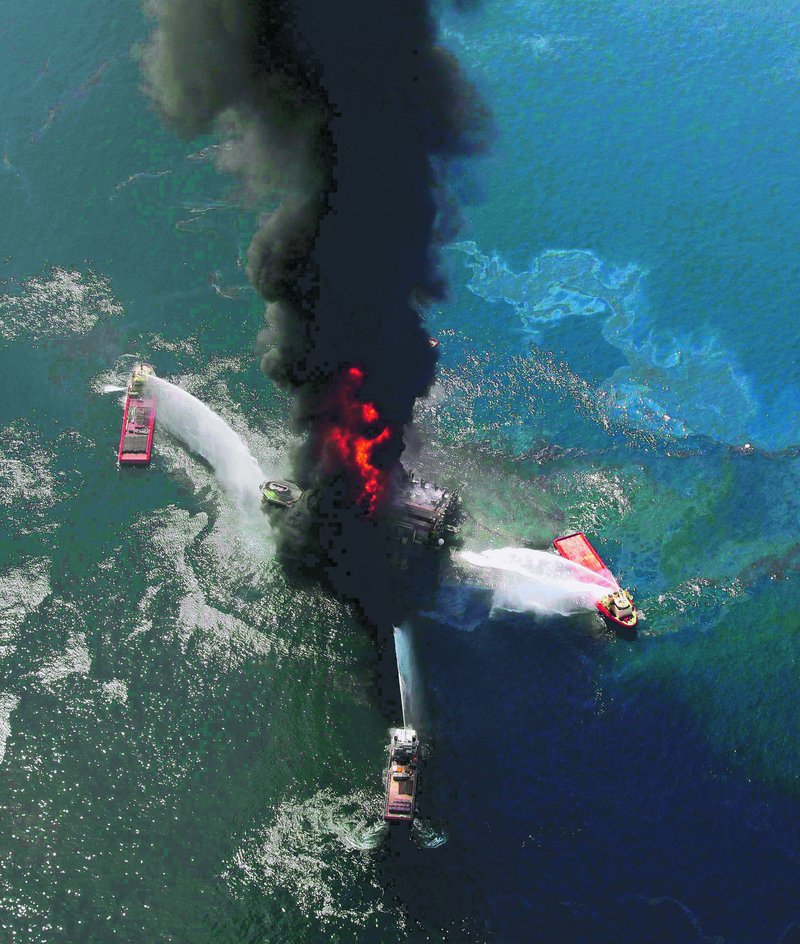The well is dead. Finally.
A permanent cement plug sealed BP’s well nearly 2.5 miles below the sea floor in the Gulf of Mexico, five agonizing months after an explosion sank a drilling rig and led to the worst offshore oil spill in U.S. history.
Retired Coast Guard Adm. Thad Allen, the federal government’s point man on the disaster, said Sunday BP’s well “is effectively dead” and posed no further threat to the Gulf. Allen said a test to ensure the cement plug would hold was completed at 5:54 a.m. CDT.
The gusher was contained in mid-July after a temporary cap was successfully fitted atop the well. Mud and cement were later pushed down through the top of the well, allowing the cap to be removed.
But the well could not be declared dead until a relief well was drilled so that the ruptured well could be sealed from the bottom, ensuring it never causes a problem again. The relief well intersected the blown-out well Thursday, and crews started pumping in the cement on Friday.
The April 20 blast killed 11 workers, and 206 million gallons of oil spewed.
The disaster caused an environmental and economic nightmare for people who live, work and play along hundreds of miles of Gulf shoreline from Florida to Texas. It also spurred civil and criminal investigations and brought increased governmental scrutiny of the oil and gas industry, including a costly moratorium on deepwater offshore drilling that is still in place.
Gulf residents will be feeling the pain for years to come. There is still plenty of oil in the water, and some continues to wash up on shore. Many people are still struggling to make ends meet with some waters still closed to fishing. Shrimpers who are allowed to fish are finding it difficult to sell their catch because of the perception — largely from people outside the region — that the seafood is not safe to eat. Tourism along the Gulf has taken a hit.
The disaster also has taken a toll on the once mighty oil giant BP PLC. The British company’s stock price took a nosedive after the explosion, though it has recovered somewhat. Its image as a steward of the environment was stained and its stated commitment to safety was challenged. Owners of BP-branded gas stations in the U.S. were hit with lost sales, as customers protested at the pump.
And on the financial side: BP has already shelled out $9.5 billion in cleanup costs, and the company has promised to set aside another $20 billion for a victims compensation fund.
Send questions/comments to the editors.



Success. Please wait for the page to reload. If the page does not reload within 5 seconds, please refresh the page.
Enter your email and password to access comments.
Hi, to comment on stories you must . This profile is in addition to your subscription and website login.
Already have a commenting profile? .
Invalid username/password.
Please check your email to confirm and complete your registration.
Only subscribers are eligible to post comments. Please subscribe or login first for digital access. Here’s why.
Use the form below to reset your password. When you've submitted your account email, we will send an email with a reset code.